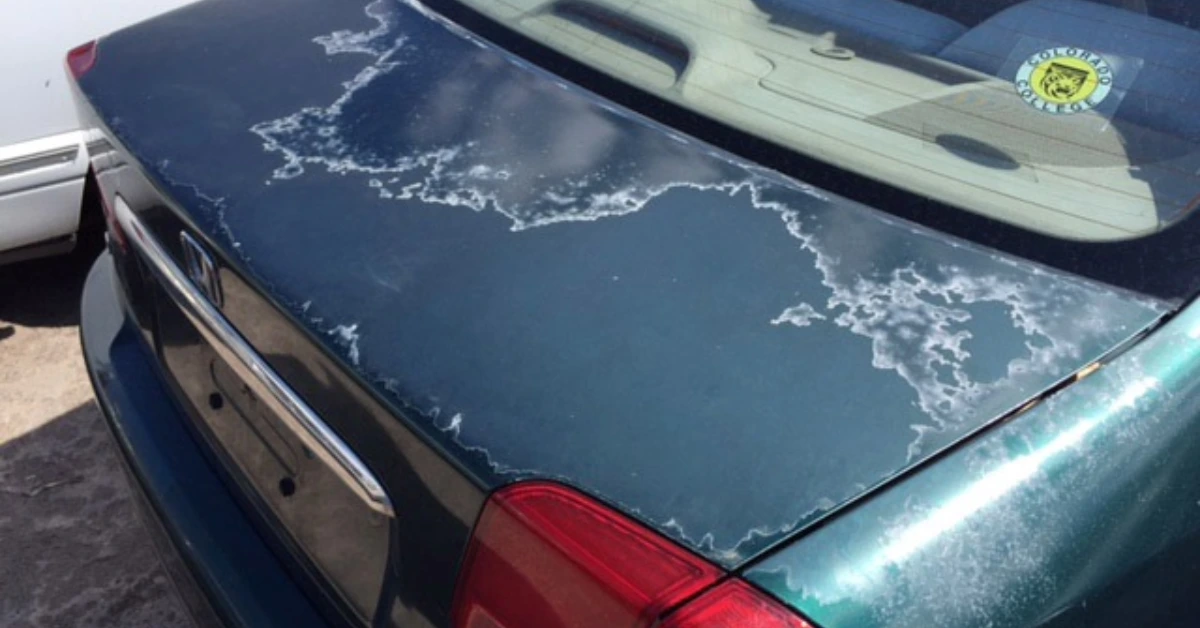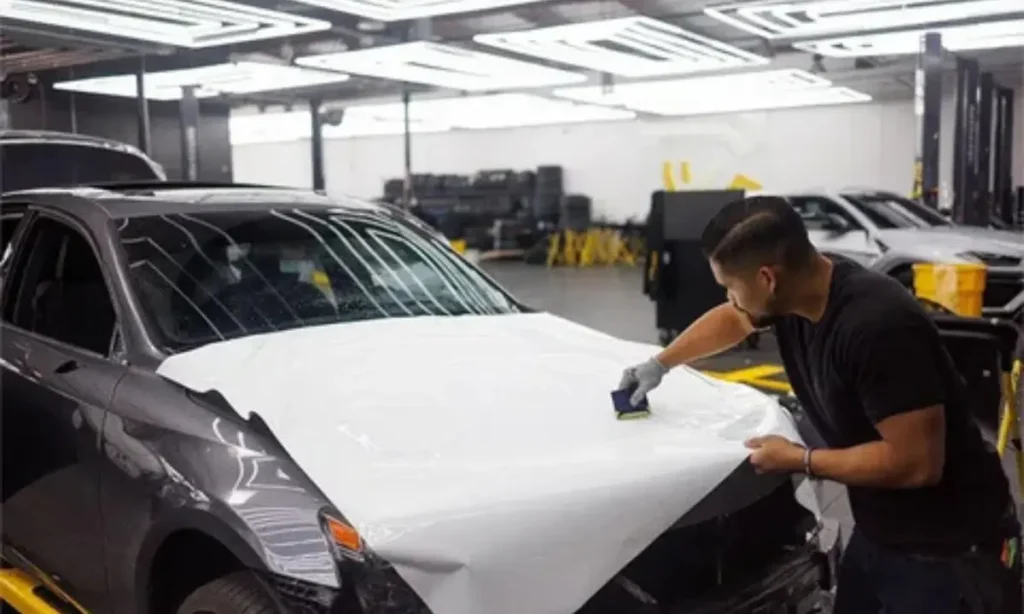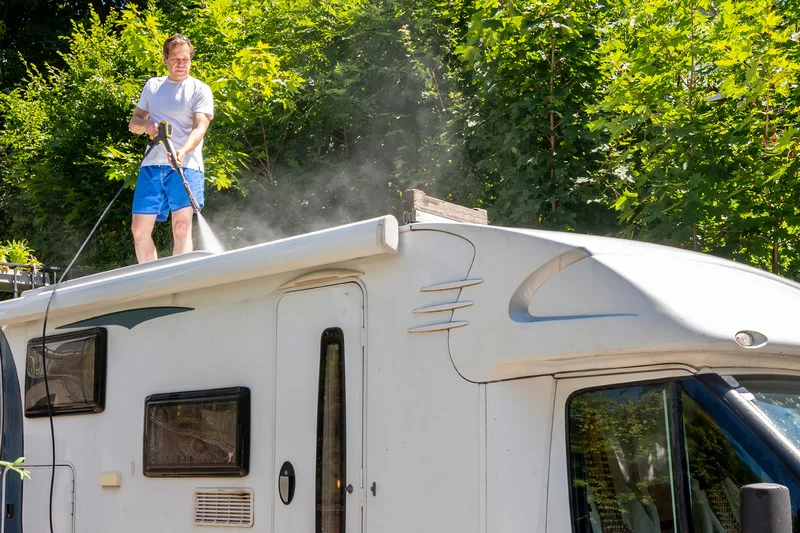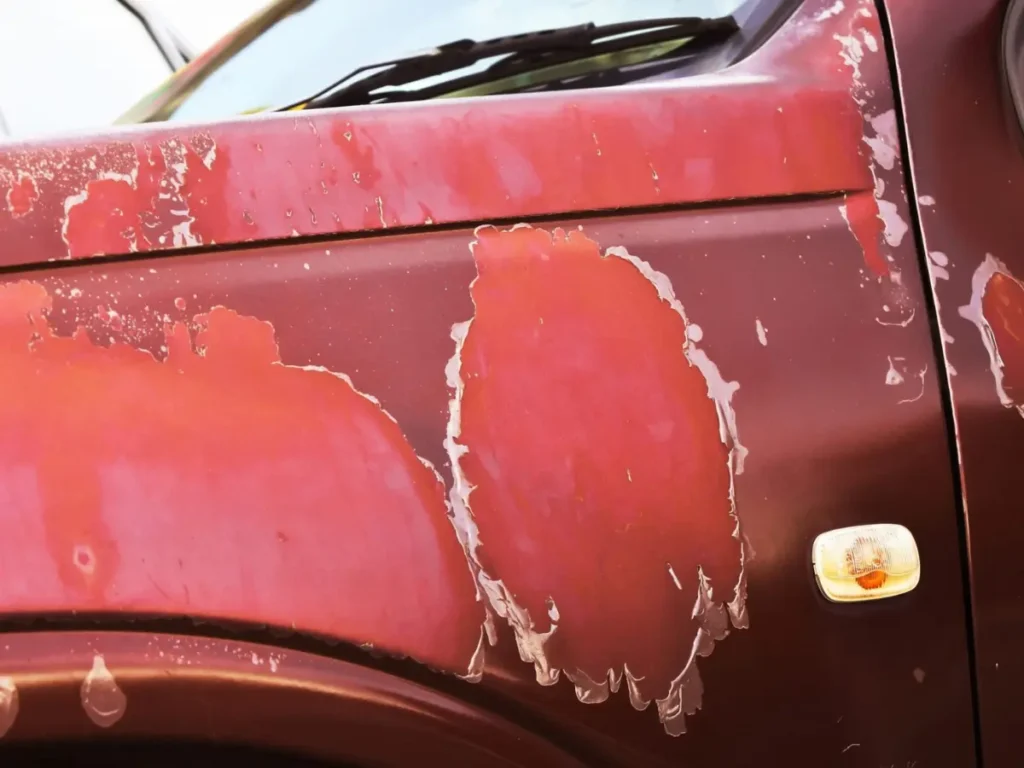Oxidation is among the biggest threats to the appearance and integrity of the paint on your vehicle. As the exposure to sunlight, air, and environmental pollutants, the paint begins to decay, becoming dull, faded, and chalky in appearance. However, figuring out how to remove oxidation from car paint can save money for a new paint job and bring your car back to its original showroom glory. This post will help you understand oxidation, fix the issues, and pick the right products to keep your paint safe long term.
What is Car Paint Oxidation?
Automobile paint oxidation is a chemical reaction that occurs when paint is exposed to oxygen and UV light. Over time, these films are exposed to the atmosphere, and the paint’s oils and protective resins begin to degrade, giving the paint a dull, chalky, or cloudy appearance.
Causes of Oxidation on Car Paint
Oxidation is caused by several environmental and chemical influences:
- UV rays: The sun damages the clear coat.
- Pollution: Airborne chemicals react with the paint and speed up deterioration.
- Salt and moisture: Road salt and air humidity can worsen oxidation.
- Poor Maintenance: Failure to wash and wax regularly leaves the surface exposed.
How to Identify Oxidized Car Paint?
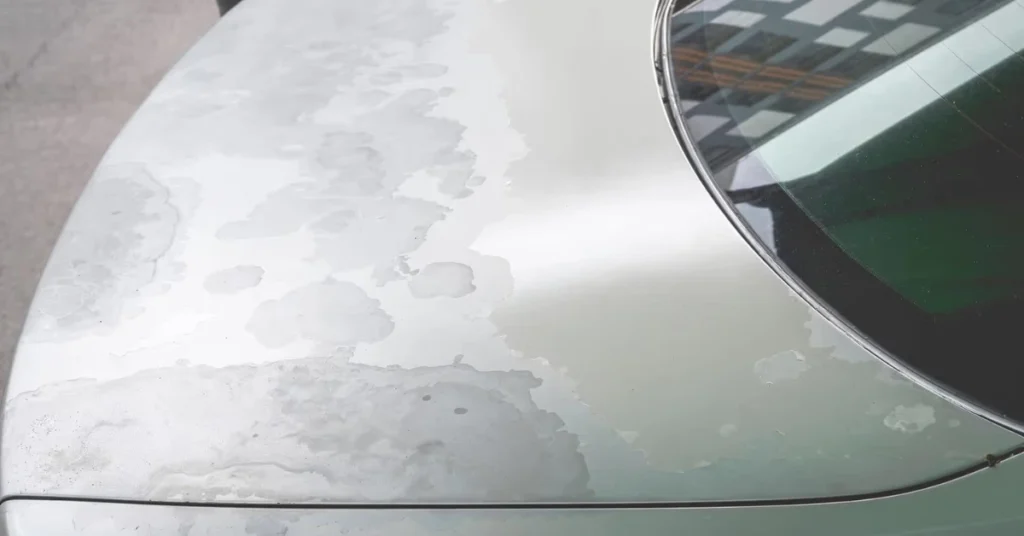
You can identify oxidation if:
- A worn-out, dull appearance, particularly on the horizontal surfaces.
- A white, powdery, or chalky residue is left on your hand or cloth after wiping the paint.
- Dull or faded finish, depth, or color.
- A rough, dry texture.
Why Oxidation Happens Over Time
Oxidation is a gradual process. If your car is exposed to the sun for long periods and is not regularly waxed or sealed, the clear coat will eventually wear thin. Once this protective layer breaks, the paint below can also be affected in this way by the action of the air and the UV rays, also facilitating the process of oxidation.
Can Oxidized Car Paint Be Fixed?
Yes, oxidized paint can frequently be restored to its original state — it just really depends on how bad it is. Before jumping into restoration, you need to ensure that the paint on your car is even worth saving. Not all oxidation is created equal – there are some cases where some oxidations are easily fixed with polishing.
Surface-Level vs Deep Oxidation
Surface oxidation is when only the clear coat is oxidized and can be remedied with polish compounds or oxidation removers.
Deep oxidation is the degradation of the original color coat or primer and may require repainting.
When Is It Too Late to Repair?
It is too far gone with peeling clear coat or flaking paint to be able to fix with polishes. A complete repainting is probably in order for these cases. But if you still have some gloss and the paint hasn’t entirely worn away, it is possible to bring it back.
How to Remove Oxidation from Car Paint
Once you have determined the extent of the damage, it’s time to start the restoration process. When you want to know how to remove oxidation from car paint, the related methods consist of a sequence of steps to be executed with care, specifically directed at doing away with clear coatings and dull, faded paint to uncover the fresh new paint underneath. Whether you are a DIY person or have never washed your car before, the process outlined here will help you with the best way to repair any damage and also restore your car’s gloss and color. Here’s how you can get the oxidation off your car paint successfully in 6 easy steps:
Step 1 – Wash and Dry the Car
Wash the car thoroughly using a pH-balanced shampoo and a microfiber wash mitt. It does dissolve dirt, grime, and light oxidation. Two-bucket method to prevent swirls. Dry the car completely with a clean microfiber drying towel.
Step 2 – Use a Clay Bar (Optional)
If your surfaces still feel rough after a wash, use a clay bar with a lubrication product to remove contaminants. This action increases the burst action of polishing compounds.
Lightly glide the clay over panels coated in a lubricant before wiping dry.
Step 3 – Apply a Cutting Compound or Oxidation Remover
Choose an oxidant, depending on the oxidation level:
Light oxidation: Hand-apply an oxidation remover.
Moderate to severe oxidation: You’ll need a machine polisher and cutting compound.
Apply in small areas with a terry cloth or dual-action polisher with a foam pad.
Step 4 – Buff the Surface
Buffing cuts the compound and uncovers a cleaner, clearer finish. Wipe off the residue using a microfiber towel or buffing machine and check for the paint.
If necessary, repeat the process until the “chalky” effect is removed.
Step 5 – Polish and Restore Shine
A polishing compound is then applied to further smooth the surface and improve gloss. This process clears micro-swirls or haze from the cutting process.
Apply with a soft polishing pad or by hand using circular motions.
Step 6 – Apply Wax or Sealant
After removing oxidation and restoring its shine, seal the paint to protect it.
Options include:
- Carnauba wax: Easy to apply, lasts 4-6 weeks.
- Paint sealants: Last longer (up to 6 months).
- Ceramic coatings: Offer UV and chemical resistance for 1–2 years.
Best Products for Removing Oxidation
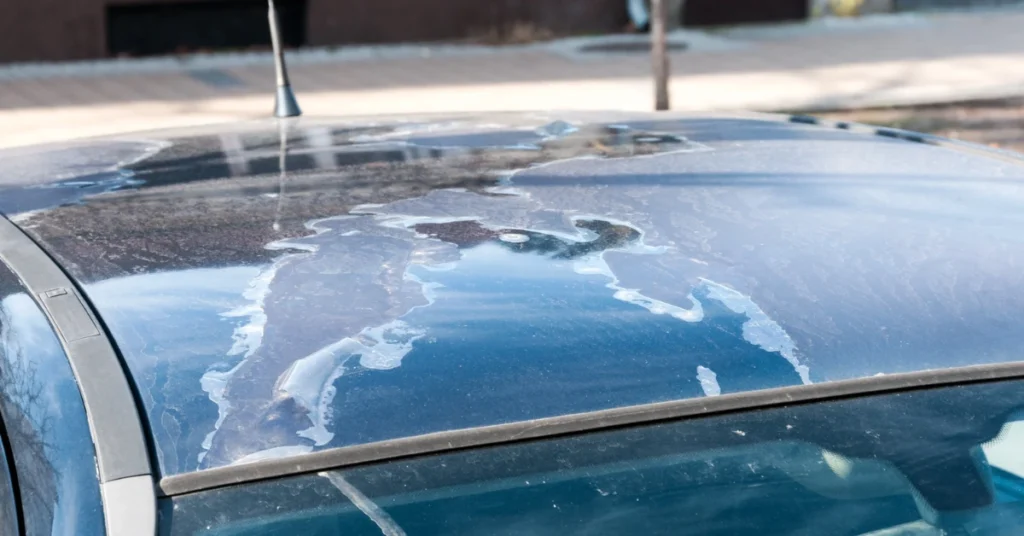
The tools and products you use play a major role in whether or not you and go about removing oxidation successfully, or create more damage. From heavy cutting compounds to effective dual-action polishers & durable sealants. We’ll show you some of the things that experts would do to restore surfaces, as well as the exact products that pros recommend for beginners who want to have the right stuff on hand to do the job with confidence. Picking the right products is everything in how the outcome turns out.
Recommended Oxidation Removers
Some good oxidation removers and products include:
- Meguiar’s Ultimate Compound
- 3D One, Hybrid Cutting Compound
- Turtle Wax Polishing Compound
- Griot’s Garage Complete Compound
Polishing Tools and Buffers
For best results:
- Use a dual-action polisher (safe for beginners).
- Choose foam or microfiber pads
- Invest in a few microfiber cloths for easy cleanup.
Protective Sealants to Prevent Future Oxidation
After polishing, choose among these:
- Chemical Guys JetSeal
- Turtle Wax Hybrid Solutions Ceramic Spray
- Carpro Quartz Ceramic Coating
These sealants provide long-lasting UV protection and prolong your correction work.
DIY vs Professional Oxidation Removal
Should you attempt oxidation removal yourself, or call in a professional? It depends on the extent of the damage, your experience, and the tools. Knowing your options could save time, money, and perhaps the finish on your car. Moreover, check it, if you are wondering whether to do it yourself or hire a pro?
When You Can Do It Yourself
- For mild to moderate oxidations.
- You have access to some basic mods, ie, claybars, and DA polisher.
- You are comfortable working with a slow, steady pace.
DIY solutions are cheap and satisfying if done right.
When to Call a Professional Detailer
- If oxidation is heavy or widespread.
- When the clear coat is damaged or peeling.
- If you don’t even have the right tools.
Paint correction can be carried out by professionals, who may also offer ceramic coatings for long-term protection.
How to Prevent Future Oxidation
Once you have rejuvenated your car’s paint, it is important to prevent future oxidation to keep the great new look. With proper care, frequent waxing, and some common knowledge, you can protect your car’s appearance. Some simple yet very effective methods to protect your car against oxidation and maintain the freshness and luster of your paint year on year.
Proper Car Wash Techniques
- Wash biweekly with a pH-balanced shampoo.
- Use microfiber towels and the two-bucket method.
- Dry the car thoroughly to avoid water spots.
Regular Waxing and Paint Protection
- Wax or sealant every 8–12 weeks.
- Check into a ceramic coating for lasting protection.
- Touch up small chips and scratches quickly.
Parking Tips to Avoid Sun Damage
- Park in a garage or shaded location.
- Use a car cover when parking outside for extended periods.
- Avoided sun exposure in summer.
Final Thoughts
Oxidation is a common issue. However, with an organized method, the correct tools, and a little work in the lost art of patience, oxidation can be removed from car paint. Apply car paint restoration quickly and easily. Regardless of whether you take a DIY approach or hire a professional, recurring paint protection will ensure that your car maintains that new car shine for years to come.
FAQs
No, toothpaste doesn’t have the abrasiveness like you would need for car paint. Instead, try one of these pro-level oxidation removers.
Once every 6-12 months, depending on how exposed your car is.
No! Peeling the top coat is a sign of permanent damage and is not repairable.

